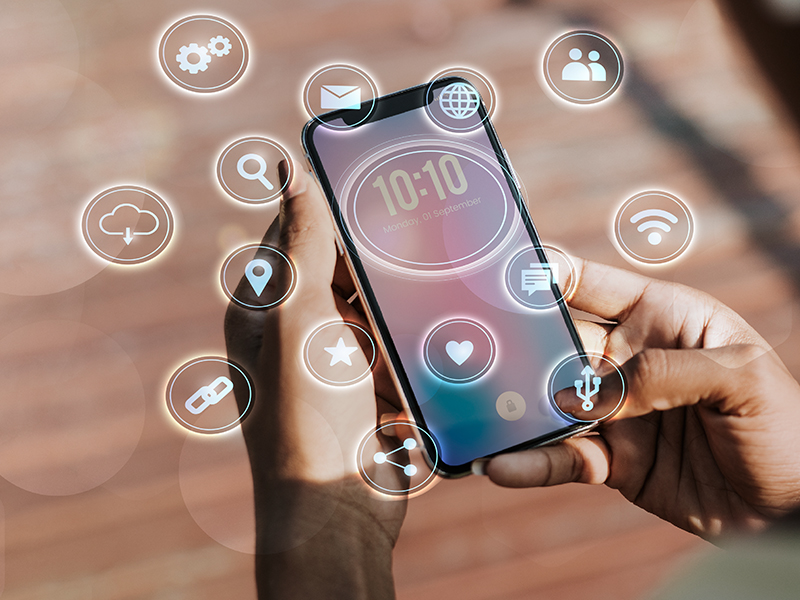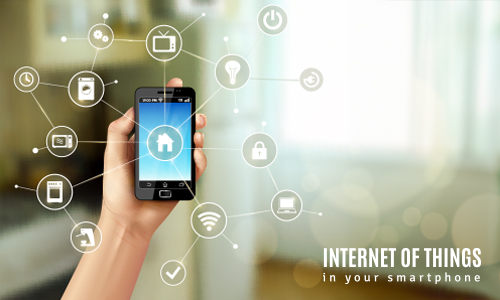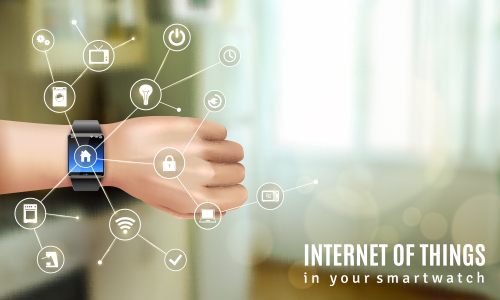3 Billion Reasons to Care: Why Cellular IoT is Poised to Transform Our World

Internet of Things
What is Cellular IoT?
Cellular IoT utilizes cellular networks, similar to those used by smartphones, to connect devices to the internet. This allows for wider coverage, better reliability, and longer range compared to other low-power wide-area networking (LPWAN) technologies. Cellular IoT is ideal for applications requiring real-time data transmission, remote monitoring, and secure communication.Why the Surge in Cellular IoT Connections?
 Several factors are driving the phenomenal growth of Cellular IoT connections:
Several factors are driving the phenomenal growth of Cellular IoT connections:
The Expanding Reach of Cellular Networks
Cellular network coverage is constantly improving, reaching remote areas and enabling ubiquitous connectivity for IoT devices.Lower Power Consumption Technologies
Advancements in chip design are leading to more energy-efficient cellular modules, making them suitable for battery-powered devices with longer lifespans.Security and Reliability
Cellular networks offer robust security features and reliable data transmission, crucial for mission-critical applications.The Rise of Smart Infrastructure
Cellular IoT is powering the growth of smart cities, with connected devices managing everything from traffic flow to waste management.Industrial Automation
Manufacturing and industrial facilities are increasingly adopting Cellular IoT for remote monitoring, predictive maintenance, and optimizing operational efficiency.Applications of Cellular IoT
The potential applications of Cellular IoT are vast and diverse. Here are a few key examples:Smart Metering
Cellular IoT enables remote monitoring of energy consumption in homes and businesses, facilitating efficient resource management.Connected Vehicles
Cellular IoT plays a vital role in connected car technology, enabling features like real-time traffic updates, remote diagnostics, and even autonomous driving in the future.Wearable Devices
 Cellular connectivity can enhance wearable devices for healthcare applications, allowing for real-time patient monitoring and emergency response.
Cellular connectivity can enhance wearable devices for healthcare applications, allowing for real-time patient monitoring and emergency response.
Asset Tracking
Businesses can leverage Cellular IoT to track the location and status of valuable assets, improving logistics and security.Environmental Monitoring
Cellular IoT can be used to monitor environmental conditions in remote areas, providing valuable data for research and conservation efforts.Challenges and the Need for Security
While the future of Cellular IoT is bright, there are challenges to address. Managing the vast amount of data generated by billions of connected devices will require efficient data management solutions. Additionally, ensuring the security of these connections is paramount. With increased reliance on cellular networks, robust security protocols are vital to prevent cyberattacks and protect sensitive data. The Juniper Research study emphasizes the need for federated learning, a type of machine learning that allows training models on distributed devices without compromising data privacy. This will be crucial for secure and efficient management of the ever-growing Cellular IoT landscape.The Future of Cellular IoT
The next four years promise an exciting journey for Cellular IoT. With billions of new connections and continuous innovation, this technology is poised to revolutionize various sectors. Cellular IoT will play a significant role in building smarter cities, optimizing industries, and creating a more connected future.Frequently Asked Questions?

01
AR and VR
The Quest 3 Gets Personal: Unveiling Meta AI’s Assistant for VR
Jul 26, 2024

01
Tech news
Third-Party Cookie Crumble? Google Reverses Course, Keeping Cookies in Chrome
Jul 25, 2024

01
AI & ML
The Power of Creation, the Price of Privacy: Top Risks of Generative AI
Jul 24, 2024

01
Cybersecurity
Decoding the Disruption: Recent Microsoft Outage and Its Global Impact
Jul 22, 2024
The Quest 3 Gets Personal: Unveiling Meta AI’s Assistant for VR
Third-Party Cookie Crumble? Google Reverses Course, Keeping Cookies in Chrome
The Power of Creation, the Price of Privacy: Top Risks of Generative AI
GPT-4o Mini: Unveiling OpenAI’s Accessible AI Powerhouse